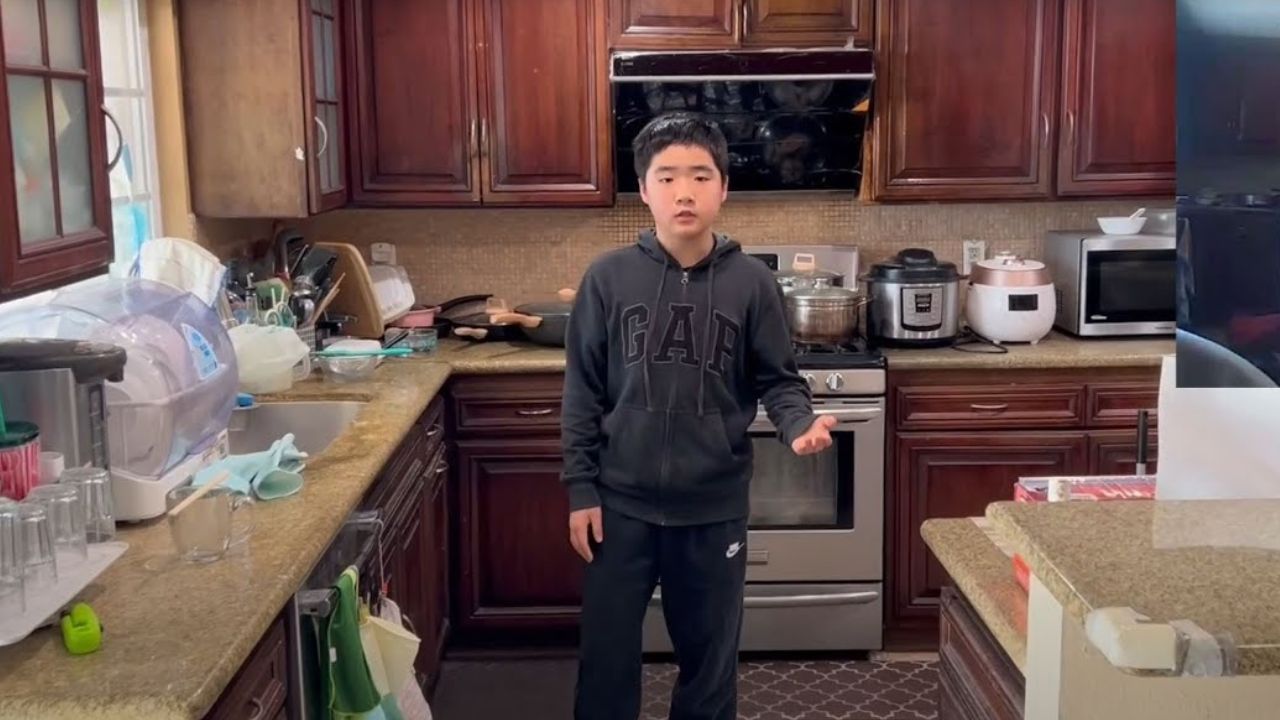Southern California, CA – At just 13 years old, Kevin Tang from Southern California is making waves in the fields of science and elder care with his innovative fall detection device, FallGuard. His invention, a camera-based monitoring system that uses artificial intelligence to identify falls in real-time, recently earned him “America’s Top Young Scientist” and a prize of $25,000.
Unlike traditional wearable fall detection technologies, Kevin’s device does not need to be worn, offering a hassle-free, continuous safety solution for seniors living independently. Inspired by his grandmother’s traumatic fall that led to permanent brain damage, Kevin set out to create a system that provides immediate alerts to caregivers to prevent delayed medical assistance.
Innovation Inspired by Personal Experience
Kevin’s grandmother’s fall occurred about five years ago when no one noticed her accident right away, resulting in lasting brain injuries. This personal incident motivated him to develop FallGuard. He also witnessed a friend’s grandfather suffer a fall unnoticed due to a forgotten wearable device charge, highlighting the limitations of current fall detection solutions.
Falls are recognized as the leading cause of injury among adults aged 65 and older, with over 14 million incidents reported yearly in the U.S., according to the Centers for Disease Control and Prevention (CDC). Falls contribute to nearly 1 million hospitalizations and are the most common cause of traumatic brain injuries in seniors.
How FallGuard Works and Stands Out
FallGuard utilizes strategically placed cameras connected to a compact computer running a custom-designed algorithm. This system detects specific body movements and joint positions through AI analysis to determine when a fall has occurred.
Mark Gilbertson, Kevin’s mentor through the 3M Young Scientist Challenge, explains: “He’s detecting your shoulder position, your elbow joint using some AI algorithms, and then built his own algorithm on top of that to determine when you fall over.”
The device’s design circumvents common issues in current fall detection devices, such as forgetting to wear or charge the unit, by providing constant monitoring without subscriptions or daily user actions.
- The current material cost to build one FallGuard unit is about $90, with plans to reduce it to $30 by switching to a more affordable computer.
- The system is intended to be affordable or free for those in need, aiming for broad accessibility.
- Kevin has configured FallGuard in his own home and supported other families, with over 10 families currently on a waiting list.
Read Also: California Mom Faces Backlash Over Toddler Climbing Costco Boxes: A Viral Gentle Parenting Debate
Growing Interest and Future Prospects
Since winning the national science competition, Kevin has attracted interest from at least one security camera company. His goal remains to keep the technology accessible and help as many families as possible.
Fall detection technology like FallGuard represents an important advancement in senior care, emphasizing prevention and timely intervention. To learn more about Kevin’s journey and the technology, visit the original USA TODAY article.
What Comes Next?
Kevin continues to refine his device, hoping to reduce costs further and expand accessibility. The positive feedback from early users highlights the potential for this technology to become a standard safety feature in senior care.
What do you think about this inventive AI fall detection device? Share your thoughts in the comments below!


 by
by 

